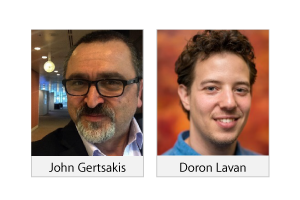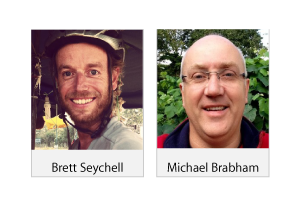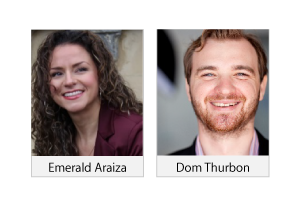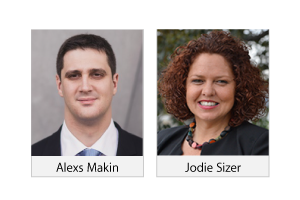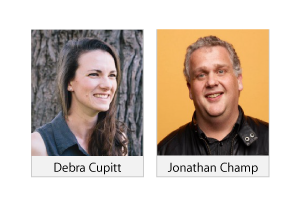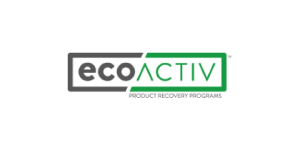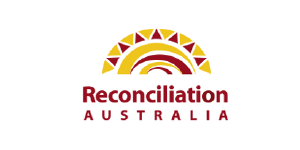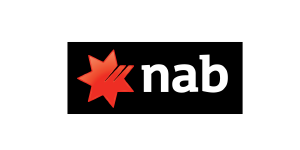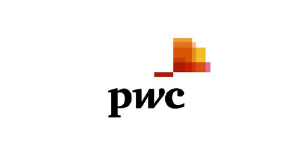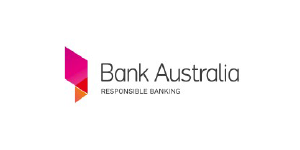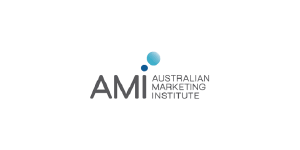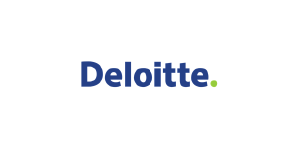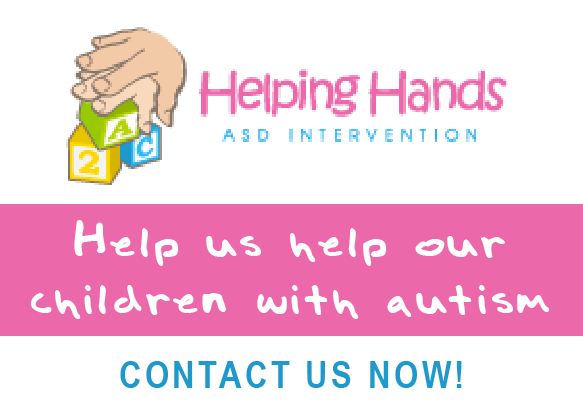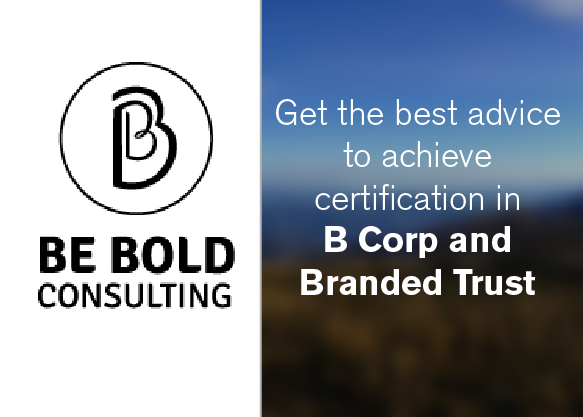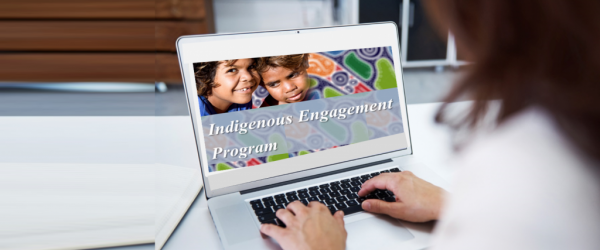
How to start your Indigenous Engagement Program
Sources and resources you should go to before getting started
So your business’s leaders have decided that it is time to engage with Aboriginal and Torres Strait peoples, that’s great news! That you are the one in charge of getting this up and running, that’s even better news! Now you want to do some research before you starting cooking this challenging dish, and that will be already a good start. I had to do some research on my own as well and this is what I found very useful; some sources and resources that surely will help you get started.
Learn the roots and the international context
To start with, you may want to understand the roots and the international context of the engagement. The 2007 United Nations Declaration on the Rights of Indigenous Peoples (UNDRIP) is the document you will want to read first. This is a fifteen-page document that you will probably have to read only once, and it will definitely give you the whole picture of where your program should stand on in terms of International standards.
If you want to go into more detail about employment, refer to the International Labour Organization’s Convention No. 169 on Indigenous and Tribal Peoples of 1989 (ILO Convention 169)
Key rights articulated in these instruments include the rights of Indigenous peoples to self-determination, to their lands and resources, to the maintenance of their cultures, to recognition of their distinct identities, and to be asked for consent in decisions that may affect them, amongst others.
Use business guides
Once you are familiar with the previous instruments you will find that this next guide makes a lot of sense. I’m talking about the Business Reference Guide to the UN Declaration on the Rights of Indigenous Peoples. By the way, you’ll surely be proud to know that some Australian colleagues from the UN Global Compact Network Australia played a crucial role in the development of this extremely useful tool.
This guide will become your “cook book” and will be your reference document for sure. The first 35 pages are all about what we, as socially responsible businesses, should do in terms of Indigenous people’s rights. As you will find in this guide, these are the fundamental actions:
- Implement a formal policy
- Conduct human rights due diligence
- Consult in good faith
- Obtain their consent
- Cooperate for remediation
- Cooperate with grievance mechanisms
Look for specific resources about your industry
You may want to go to your peak body of the industry you belong to in order to find out if there is already something developed specially for your sector. For example, if you are in mining and resources, the go-to guide would be the Indigenous Peoples and Mining Good Practice Guide from the International Council on Mining and Metals (ICMM). This guide highlights good practice and Indigenous engagement principles, discusses the challenges in applying these principles and provides real-world examples of how mining projects have addressed these challenges.
I had access to the second edition of this guide at the time of writing this post, but that was still considered a draft. You may want to get in touch with them in order to have the latest public version or it.
Self-assess your business
Every time that you go over a guide like those mentioned above or the ones I’ll tell you about next, you should be evaluating how your business is doing in each item. Is the business already compliant? If yes, how can you prove it and improve it? If not, what would you need to do in order to get there? How will you do it?
There are some other guides and self-assessment tools that you can use. For example, the Australian Human Rights Commission has several resources in regards to employment practices and, although some of them are a bit broader than Indigenous employment, they will certainly apply for your program. The Workplace Cultural Diversity Tool is one of them.
You can also use the resources that Reconciliation Australia has, precisely for our Indigenous engagement programs. I strongly recommend that you read as much as you can on their Reconciliation Action Plan Program. I personally found the RAP Impact Measurement Questionnaire very useful as self-assessment tool.
Reach out to the experts
Everything that I have mentioned is the preparation stage; research and assessments to conduct on your own to grasp the concept and prepare to take the next steps. Now it’s time to go to the experts that will help you start your program. Yes, we all need help. Unless you have tons of experience in the field, I honestly suggest that you go to those that have the expertise, the methodologies and the networks.
With no doubt, the peak body in this matters is Reconciliation Australia–once you have taken the time to read the amazing programs and resources that they have developed, you’ll see why I say so.
There are also great Indigenous engagement consulting firms, individual consultants, and non-profits that you can contact. I recommend that you Google (you know, Google is your friend!) these keywords for your geographic area or sector, in case you want someone close to you or with expertise in you industry. When I talked to Jodie Sizer from PwC’s Indigenous Consulting for our Cooking CSR podcast, I realised how important it is to get advice from experts –you definitely want to listen to it!
Go to your network
If you have been in the field of CSR -or related- for some time, I bet you know at least one colleague that works in an organisation that already has some Indigenous engagement actions in place. My recommendation is very simple; ask them how they started and how they do it. If you don’t know anyone, get in touch with a peer from the Top 15 RAP corporates list. I’m sure they’ll be happy to give you some tips.
As I wrote in a previous post about us being CSR Master Chefs, fortunately we are in a field where we know that sharing our expertise and best practices with other colleagues is a win-win-win. Why three “wins”? Because the party receiving the advice wins, the party giving the advice wins and, most importantly, our community wins.
Now share with us! Which of these resources added more value to your preparation?
What other sources have you found useful?

